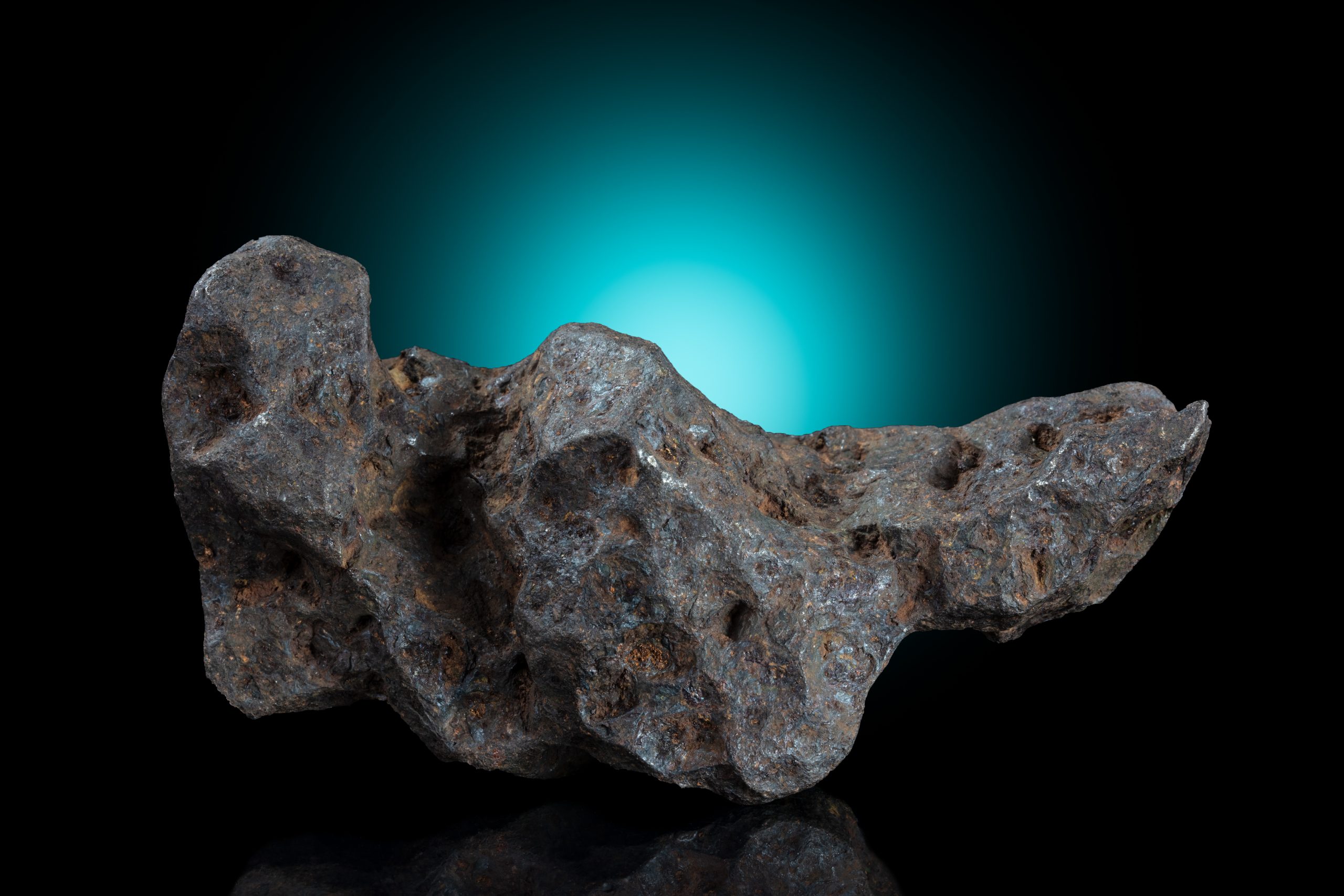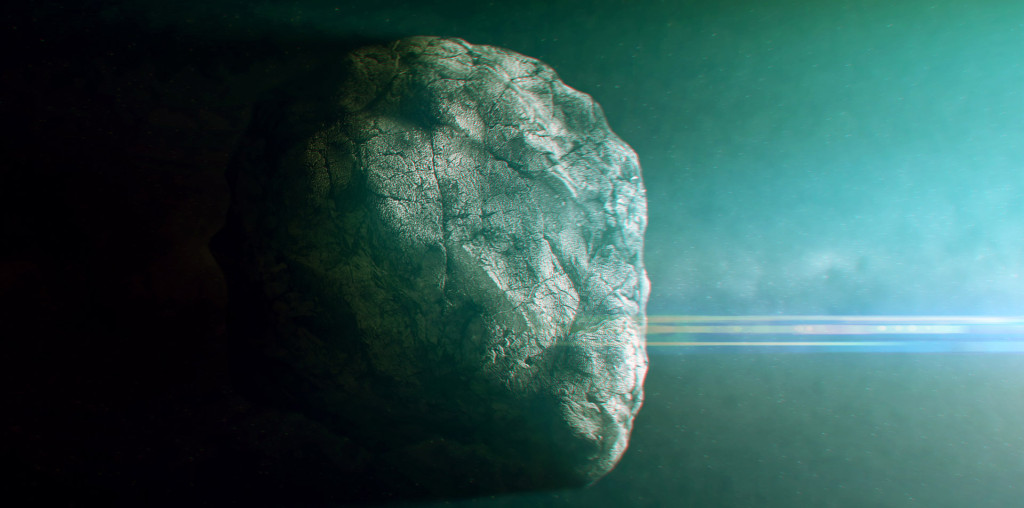

There are more micrometeorites that hit Earth than any other type, as there are more in space and also they are too small to be burnt up in the Earth’s atmosphere. The most famous crater is Barringer Crater, shown on the right in Arizona, USA.Ī micrometeorite is a micrometre-sized meteorite. Meteoroids are naturally occurring objects in space that travel between 11 and 72.8 km/s and originate primarily from comets and asteroids. There are few large craters on Earth’s surface as they are usually covered over by geological processes such as the weather, earthquakes etc. Typically they are made of stone or iron, and their exteriors are often smooth due to the crust melting through the atmosphere.Ī meteorite collision is thought to have caused mass extinctions of life on Earth in the past. Most are not observed and fall into the oceans, deserts or less populated areas. If a meteor survives the entry into Earth's atmosphere it will land as a meteorite.Ībout 10% of meteors survive to hit Earth’s surface and land as meteorites, having not been burnt up by Earth’s atmosphere. The Earths atmosphere is hit every day by meteors but most burn up in the atmosphere. Meteoroid - If its in space and possibly heading towards us. Very bright meteorites are large and can even be seen in the day-time sky as a fireball. Difference between a Meteor, Meteorite and Meteroid is dependant on what stage it is at.

They are popularly known as SHOOTING STARS.Įarth's atmosphere burns up the meteoroid because the high speed of the object produces immense friction and typically the object is vaporised. They can be observed at night time when they can be seen as a streak of light across the sky. The official definition of a meteoroid from the International Astronomical Union clearly brings out the distinction between meteoroid and asteroid: A. In the same way that artefacts of ancient civilisations help reconstruct humanity’s past, so meteorites have shed light on the origin of our planet. MeteorĪ meteor is a meteoroid that enters Earth's atmosphere. The oldest thing on Earth one can own, meteorites have been called ‘the ultimate antique,’ 4.5 billion years old and counting, the detritus of our solar system’s formation.

Impacts on Mars has thrown up Martian debris into space and have landed on earth. In meteor astronomy, there are five fundamental terms: meteor, meteoroid, and meteorite are the best known, and dust (interplanetary) and meteoric smoke a. There are also those that have their origins from other planets and larger bodies. Asteroidal meteoroids which are particles fallen off or chipped off asteroids Cometary meteoroids which are small particles shed by comets Meteoroids, Meteorites & Micrometeorites 11.1 - Be able to use data about the names and relative locations of bodies in the Solar System, including:Ĭ) Small Solar System Objects (SSSOs): asteroids, meteoroidsġ1.10 - Understand the origin and structure of meteoroids and meteorites MeteoroidĪ meteoroid is an object in space, possibly similar to an asteroid that will eventually become a meteor.


 0 kommentar(er)
0 kommentar(er)
